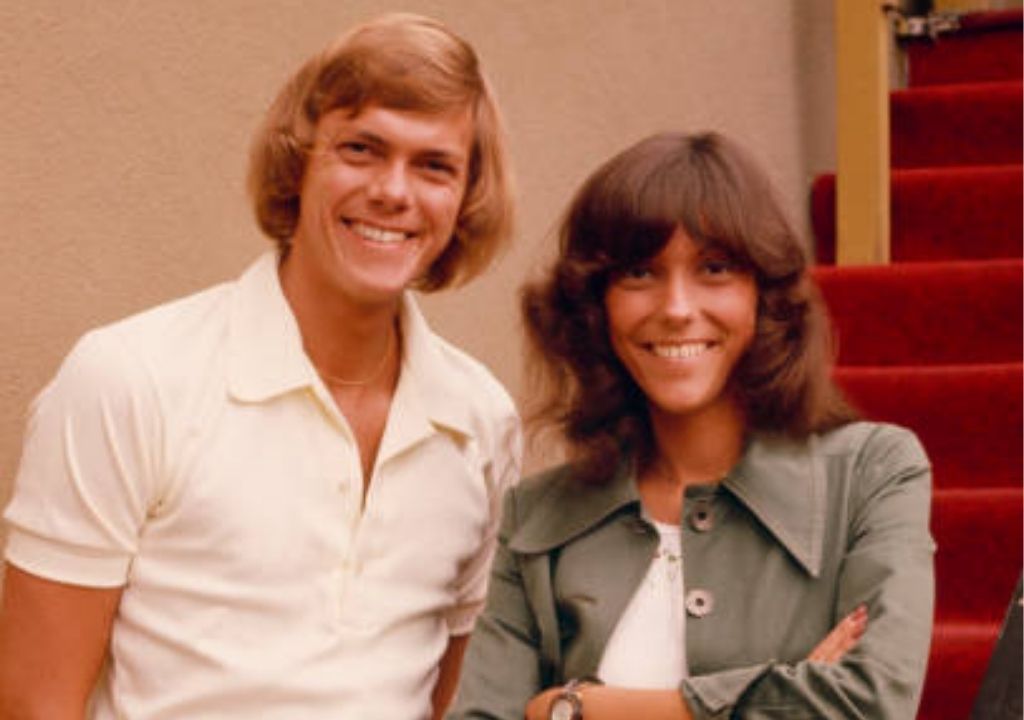
ABOUT THE SONG
The Sound of Gentle Devotion: Why The Carpenters – (They Long to Be) Close to You Still Touches the Heart
There are some songs that don’t just play in the background—they stay with you, quietly echoing in your memory. The Carpenters – (They Long to Be) Close to You is one of those rare treasures. Released in 1970, this timeless ballad became the breakout hit for the brother-sister duo, Karen and Richard Carpenter, and it remains one of the most beloved recordings in pop music history.
At the center of it all is Karen Carpenter’s voice—clear, warm, and emotionally honest. There’s something quietly extraordinary about the way she sings this song. It’s never overdone. Her delivery is gentle but direct, almost as if she’s singing just for you. For many older listeners, this track evokes a sense of calm and familiarity. It speaks of affection, longing, and admiration with a soft sincerity that few artists have ever captured so well.
Musically, the arrangement is lush but never overwhelming. Richard Carpenter’s subtle piano work and the graceful orchestration—including a beautiful flugelhorn solo—give the song a dreamy quality. The melody, composed by Burt Bacharach with lyrics by Hal David, is deceptively simple, yet it flows effortlessly and remains unforgettable.
The Carpenters – (They Long to Be) Close to You isn’t just a love song; it’s a moment of emotional stillness in a noisy world. It reflects a kind of quiet yearning that many people understand deeply—whether remembering the early days of a relationship, or simply the desire to feel connected to someone who brings comfort and peace.
For those who lived through the era of soft rock and melodic pop, this song may bring back memories of slow dances, quiet evenings by the radio, or the warmth of simpler times. And even for those hearing it for the first time, its message of tender closeness still resonates.
Over fifty years later, The Carpenters – (They Long to Be) Close to You continues to remind us that beauty in music doesn’t need to shout. Sometimes, it only needs to speak softly—and that’s where its power lies.
